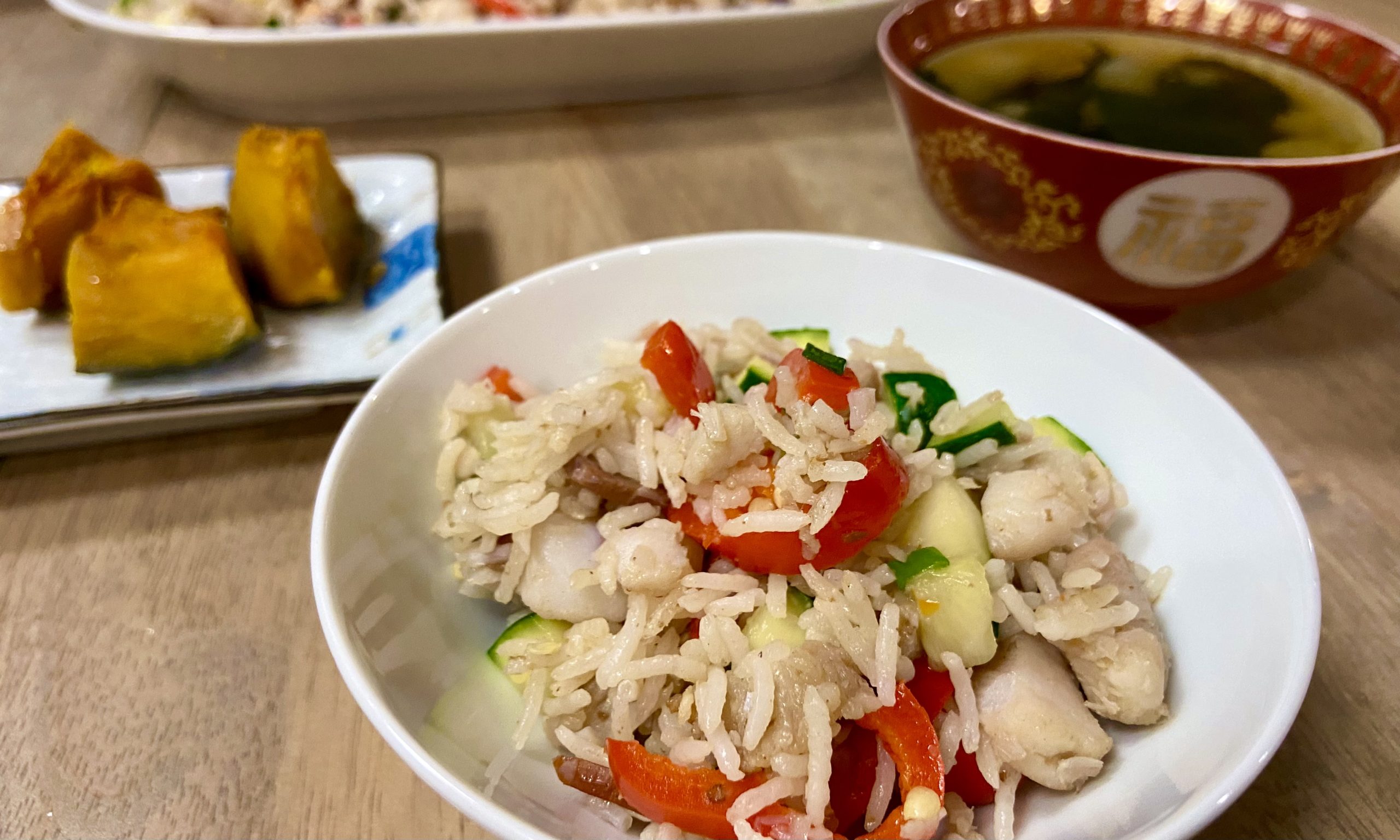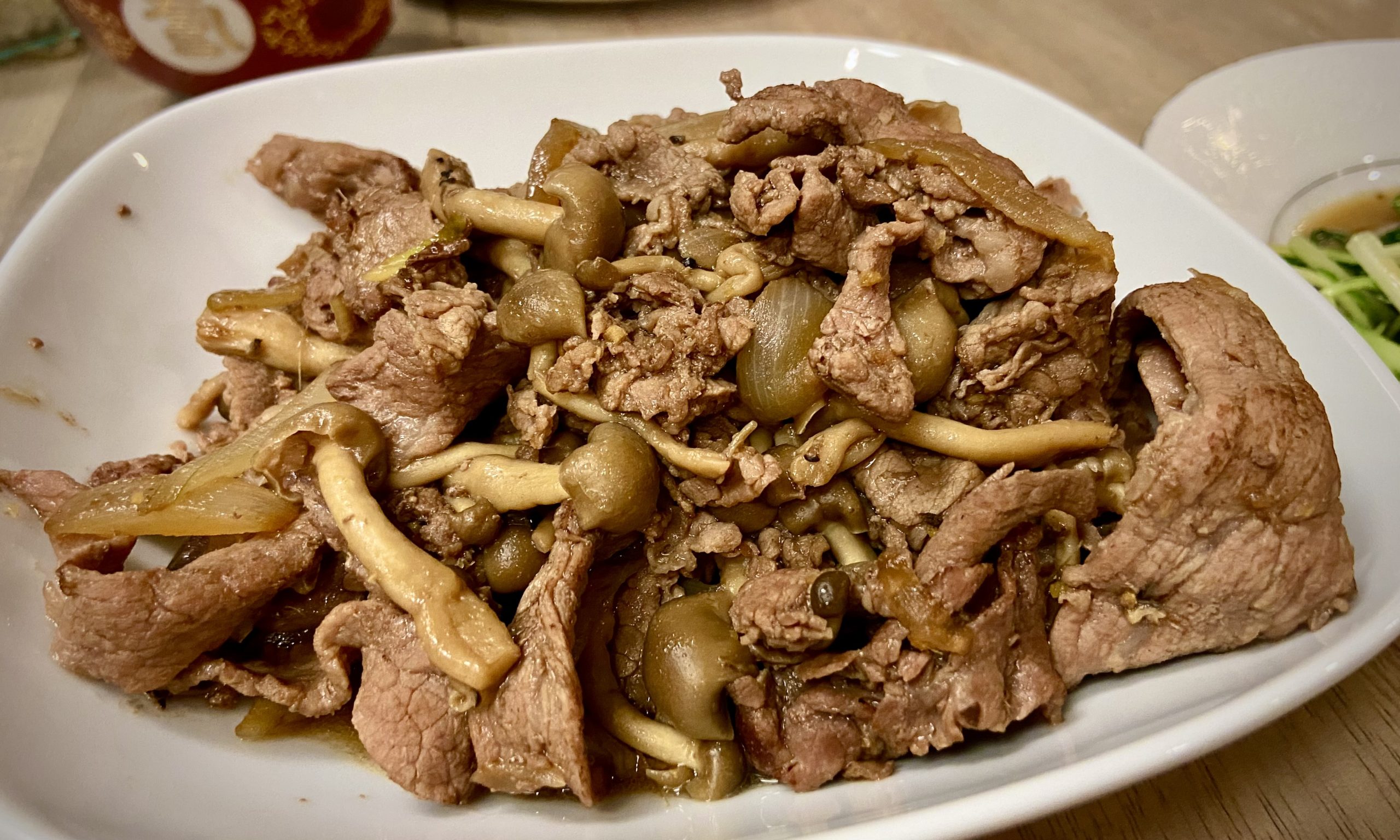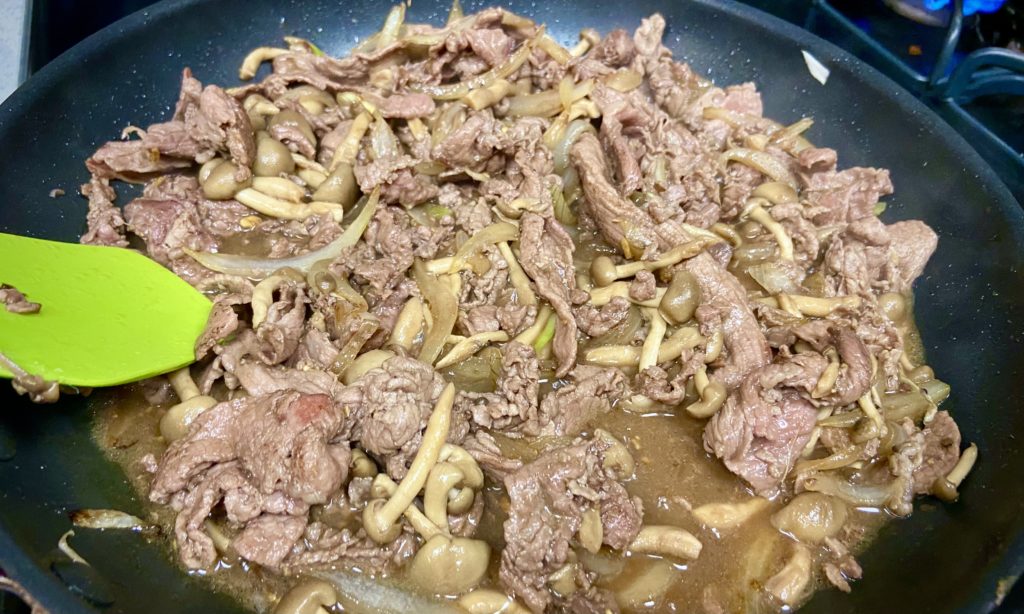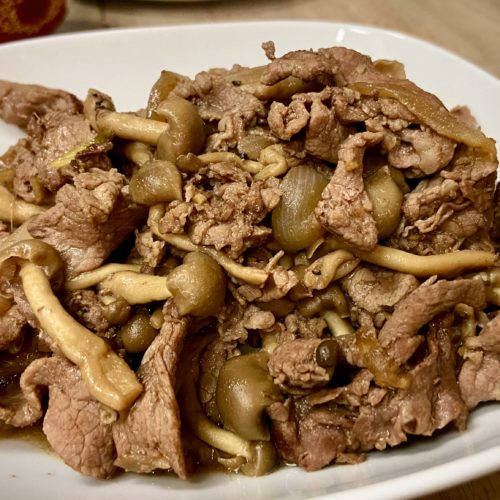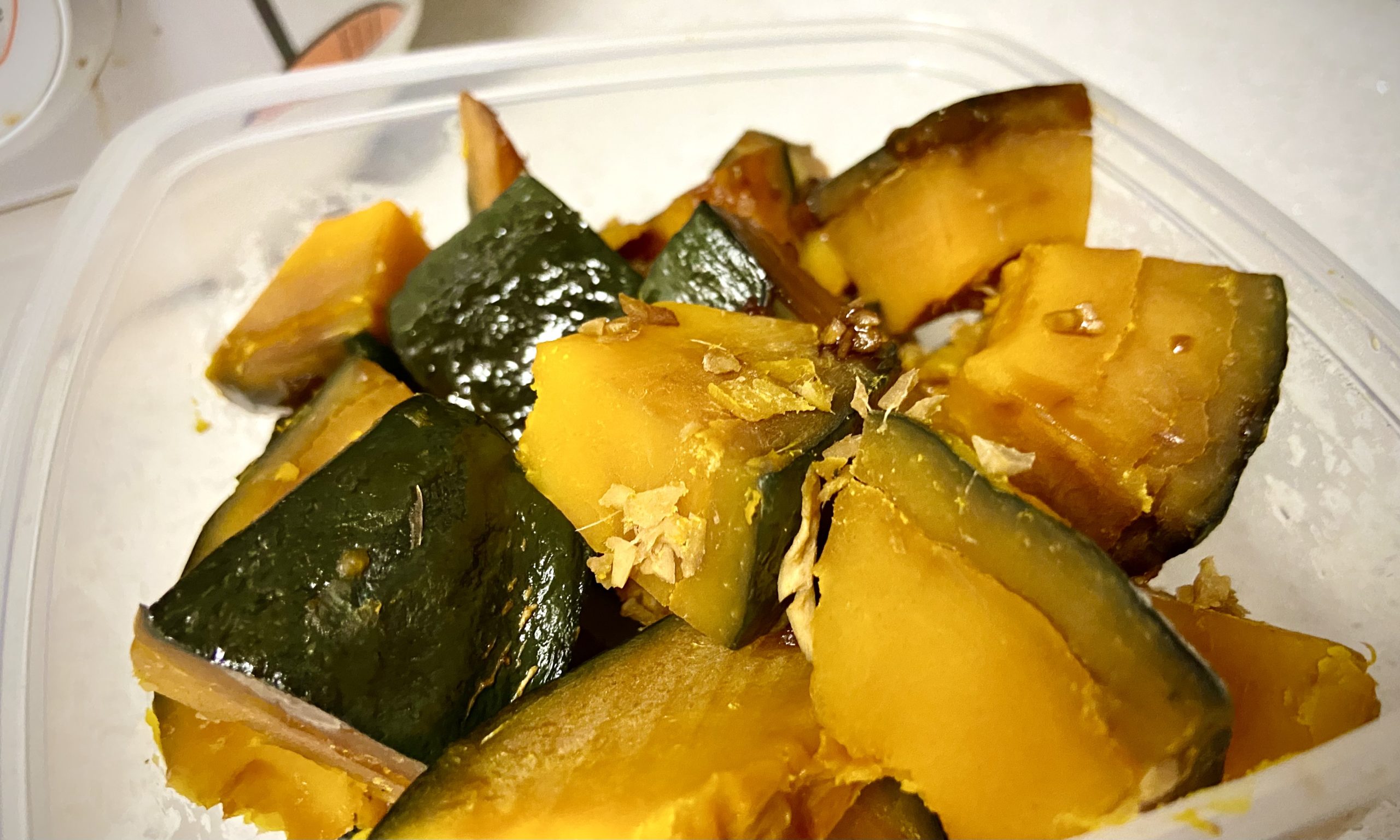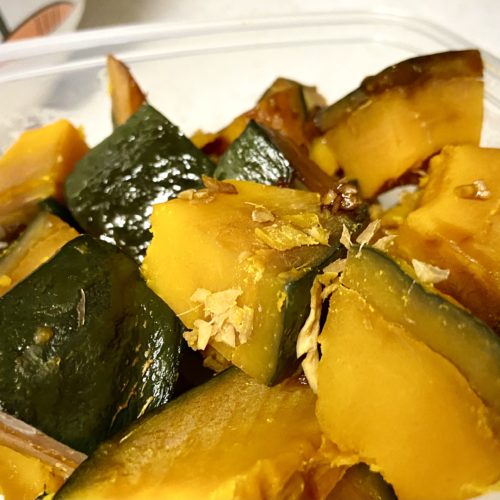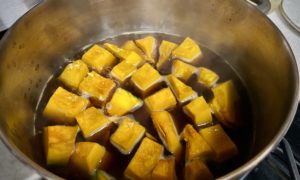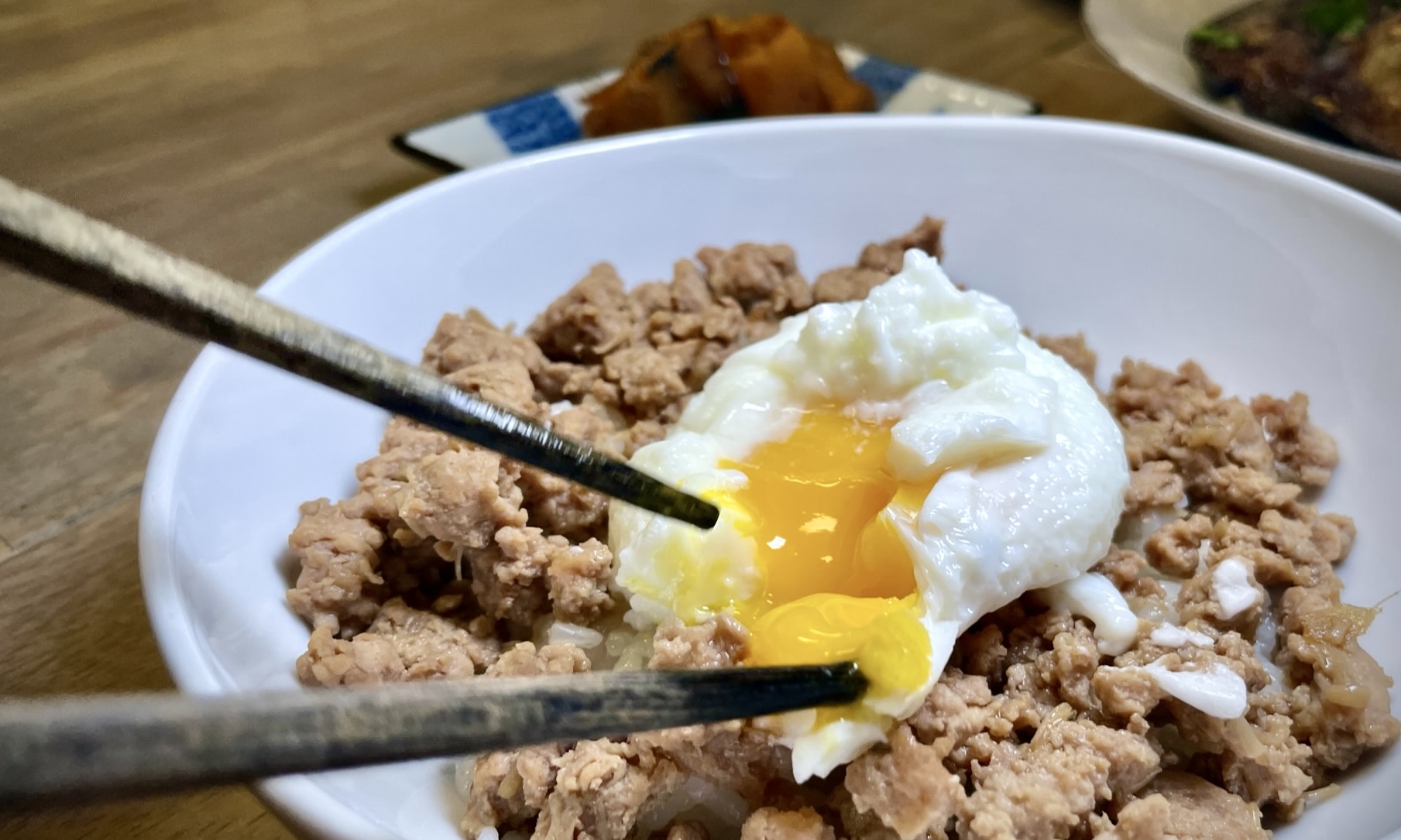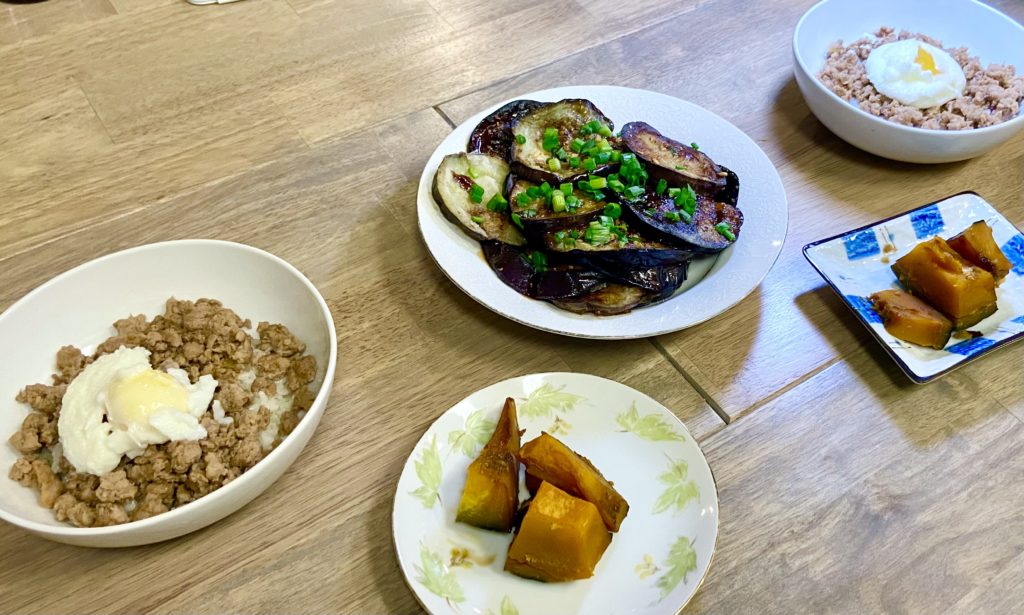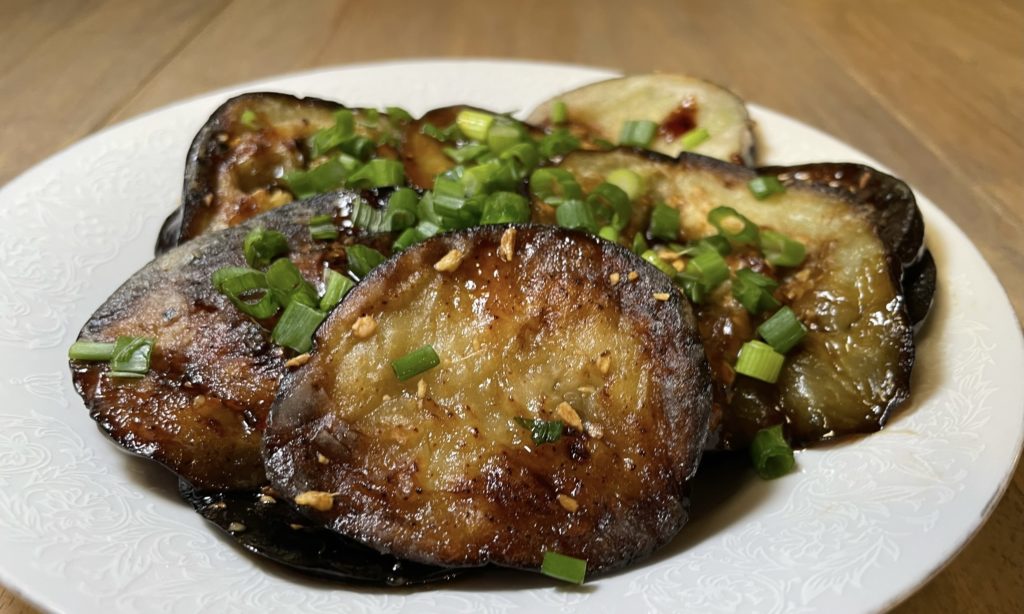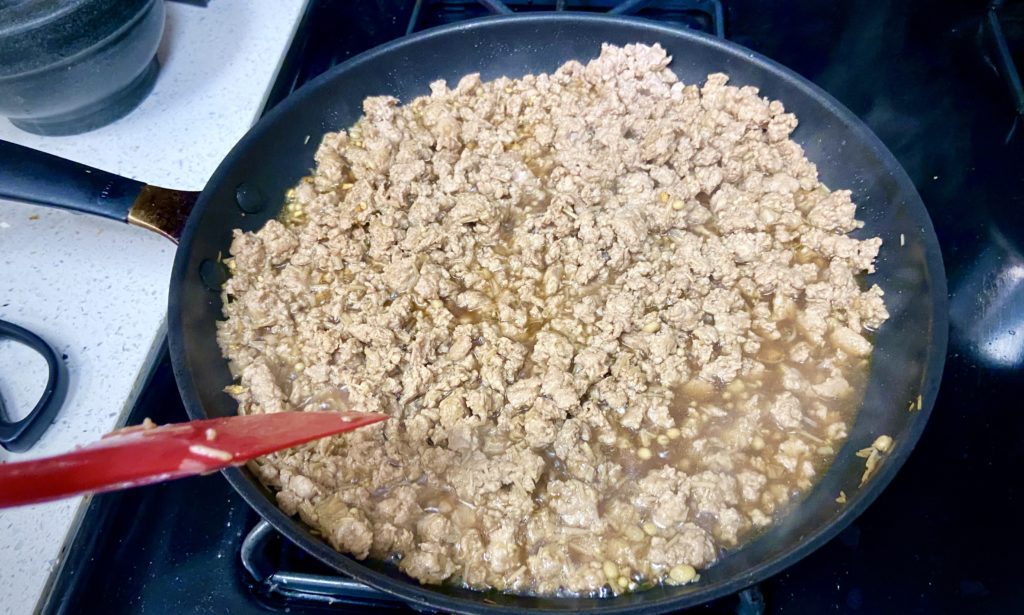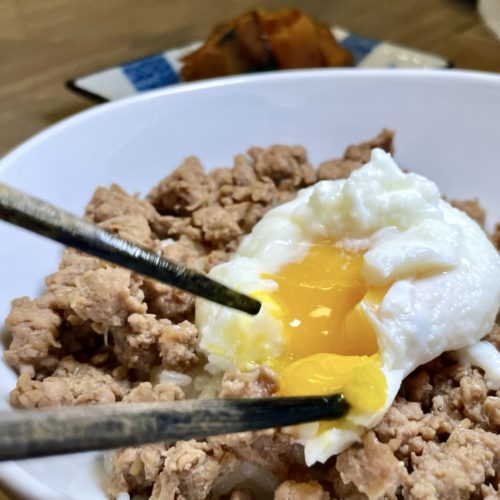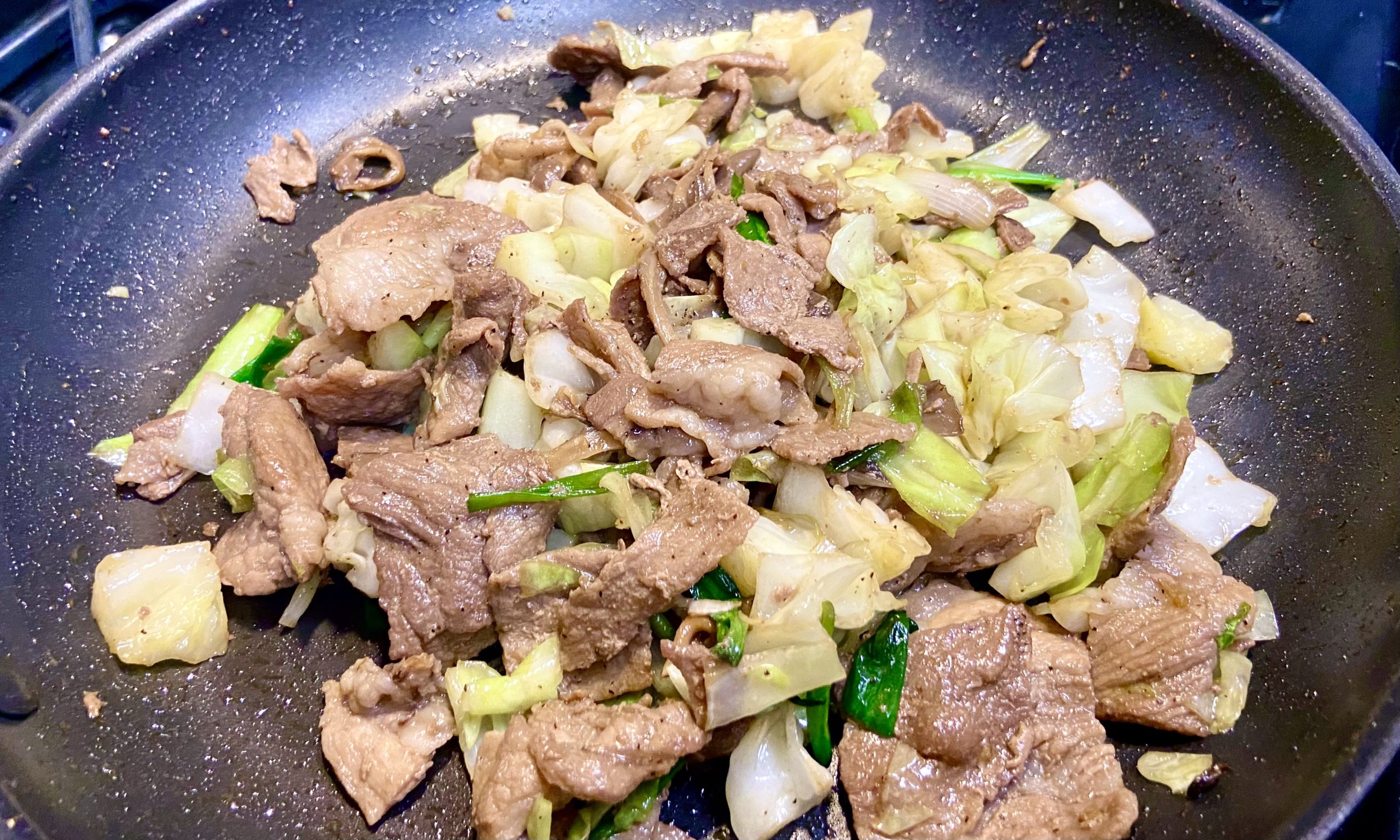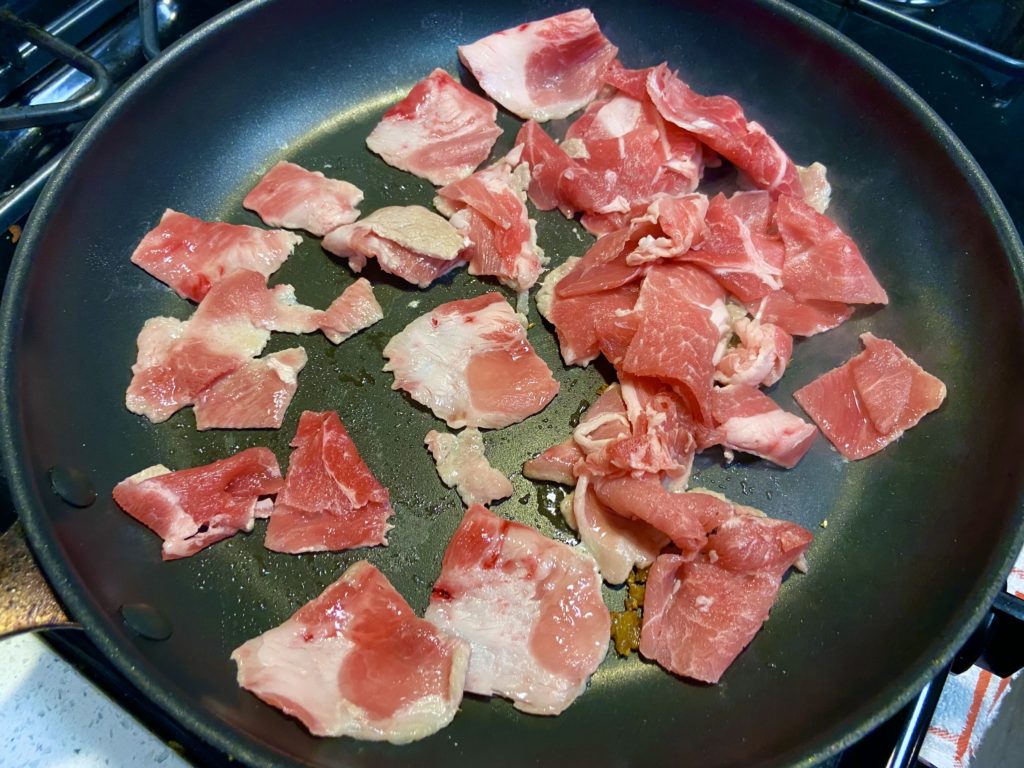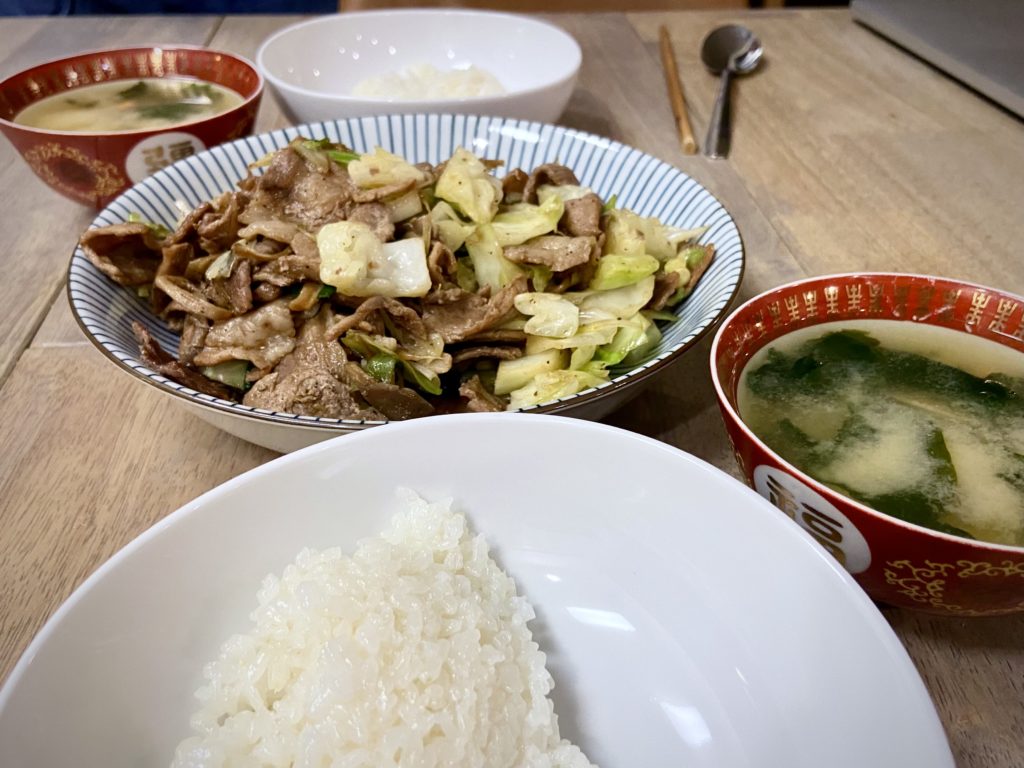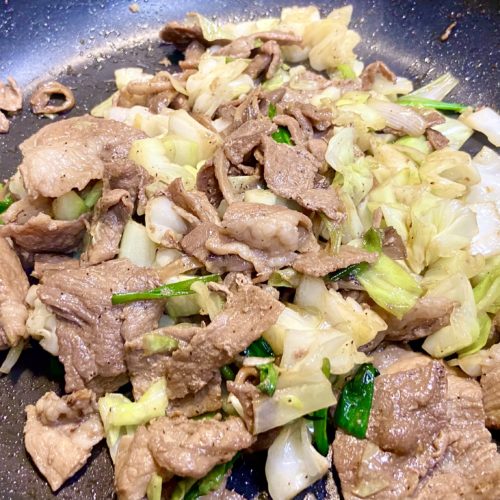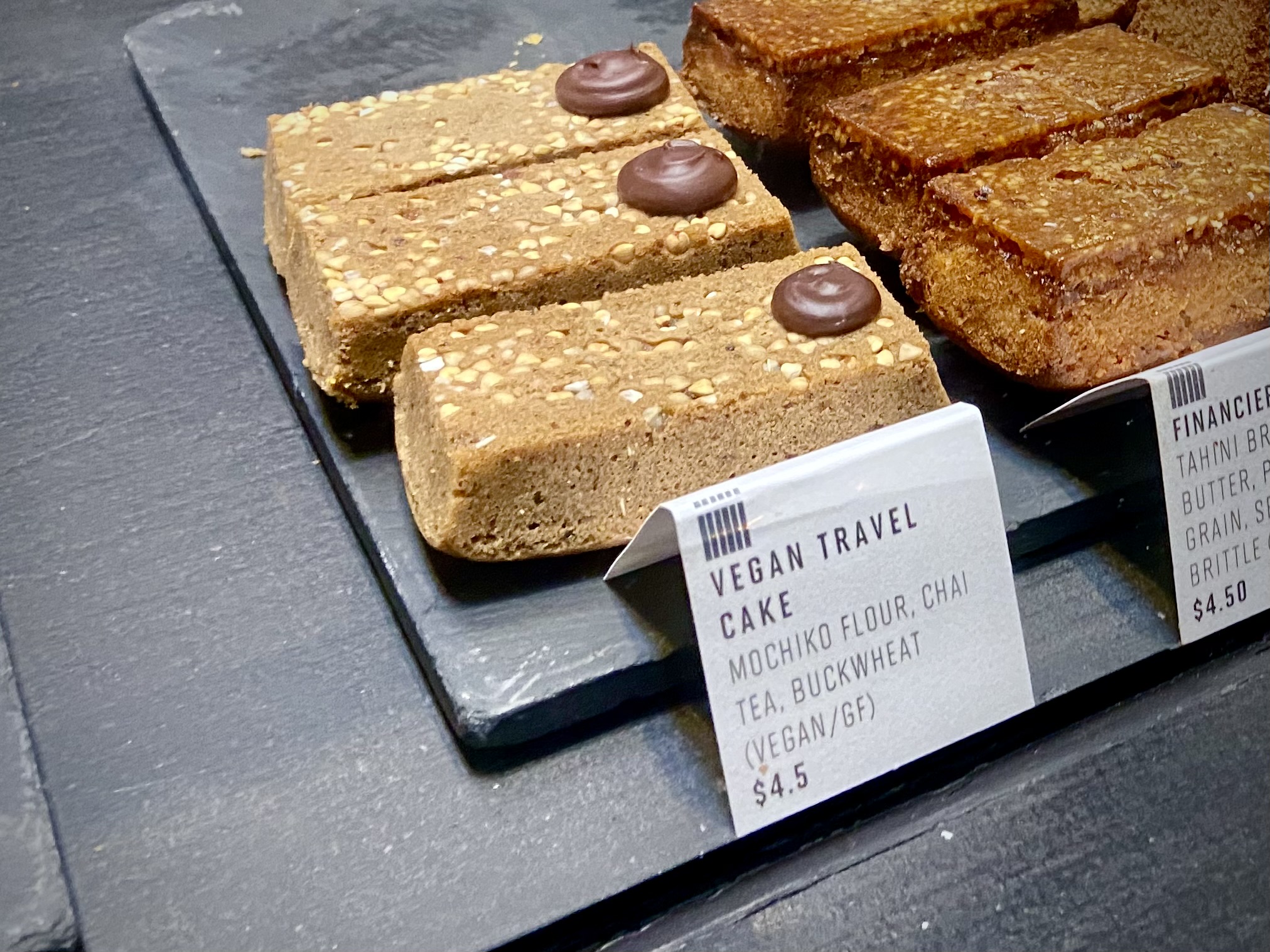The mission
- Cook dishes from 12 different cuisines over 12 months. 1 cuisine per month.
- Learn how to make dishes that taste great, omit my dietary intolerances, and are easy to make on a weeknight.
- Gain a repertoire of go-to dishes that span a variety of cuisine types and are easy to make with little thought required.
WHY am I taking on this mission?
As much as I hear about all the rules to a healthy life, in reality, it’s difficult to put it into practice. Eat more plants. Cook more. Eat less carbs. Eat less processed. Choose fresh and local for optimum nutrition.
When you’re stressed and tired at the end of the day, you get faced with a choice: delay hunger by cooking a healthy meal or satisfy hunter by eating something right now (which is likely takeout or pre-made. Something tasty and soul-satisfying).
Hunger is a powerful influencer. Logic sucks when under pressure. When you’re hungry, all you want is the happy-brain-drugs that come from satisfying it with something tasty and enjoyable.
A little backstory
It’s no secret I struggle with diet health. 3 years ago, I was under a very strict nutritional program (for gut healing, not weight loss, though weight loss was a great side effect) and lost 25 lbs. My body looked great, but internally, I was absolutely miserable with the restrictions on my lifestyle.
After the program ended, I slowly expand my food options, and was able to enjoy more pleasures in life (going out to eat, eating snacks, being in unknown locations without packing cut cucumbers and boiled eggs in a separate cooler box….). I felt like I had my life back, but over that time… I steadily gained a good portion of the weight back.
I don’t want to go back on that program again. It was admittedly effective, but I did not enjoy life, so it wasn’t sustainable for the long run.
I like food. Who doesn’t?
The goals to lose weight, get healthy, do more art/creative projects, go indie, buy a house/car/camper van/PS5…. They exist every year. We start off on the right foot but end off losing steam by the end of January.
I don’t feel any guilt for that. It’s hard to stick to something when the routine is being “forced” by willpower alone and you aren’t enjoying it (like that strict nutritional program….).
This year, I want to try something new
This plan takes in to account things I know about myself and my life experiences:
- I like to cook, but only when I’m not stressed or tired – I don’t like cooking out of expectation, but prefer cooking out of experimentation. It’s fun to cook when cooking is a challenge or a game. It’s uninspiring when it’s a chore or routine.
- I love to eat – there’s great joy in taste. A lot of tastes I had to sacrifice due to food intolerances. Surprisingly, in regards to taste, it hasn’t been an issue. Just bad in terms of convenience. Eating pleasurably tasting foods is something I enjoy in my daily life.
- I get tired and stressed a lot – my health hasn’t been great this last year, so fatigue has shown its face a lot. And when I’m tired or stressed, I don’t have energy or desire to even think about what to cook, let alone do the actual cooking.
- When I’m tired, stressed, AND hungry, I want easy and tasty food – this usually results in take-out or stress snacking.
- When both my partner and I are tired, stressed, and hungry, all hope of making smart healthy choices are gone – don’t get me wrong, my partner is very supportive (he’s adapted all my dietary restrictions to his own diet voluntarily and tries to cook healthy when its his turn), but we’re like 2 monkeys making choices when we’re hungry. “You want tacos? I can go get tacos.”
Why I think this will work
This 12-month plan gives me a creative mission to keep my mind engaged in the challenge. It will let me expand my cooking repertoire and also experience new tastes and dishes I’ve always seen but never tried. It will also force me to exercise my creativity in providing gluten-free, dairy-free, corn-free, and coconut-free options. Ultimately, by doing this I will be able to create alternate recipes that will allow me to enjoy foods in healthier ways.
The rules
- I will focus on learning 1 cuisine per month and how to convert its ingredients to my diet as needed
- Recipes should focus on “home cooking”, meals that are easy to make on a weeknight and don’t require heavy process. If they do require a long process, find ways to make it easy to prep parts (or all) ahead
- Prioritize vegetables. I will always try to incorporate more vegetables into any cuisine’s dish that I make. If the dish obviously cannot or should not have vegetables, serve it so that we’re still eating a healthy portion of vegetables in the meal.
- Restrict eating out only when necessary. 1-2 times per weekend. And during the week ONLY if necessary.
These rules are subject to change
Let’s face it. Life changes. Unexpected things happen. New factors arise. I’ll do my best to adhere to this but I’m not going to stress too much if we spend a week here or there completely ignoring these rules. As long as the mission remains intact, we’re good.
